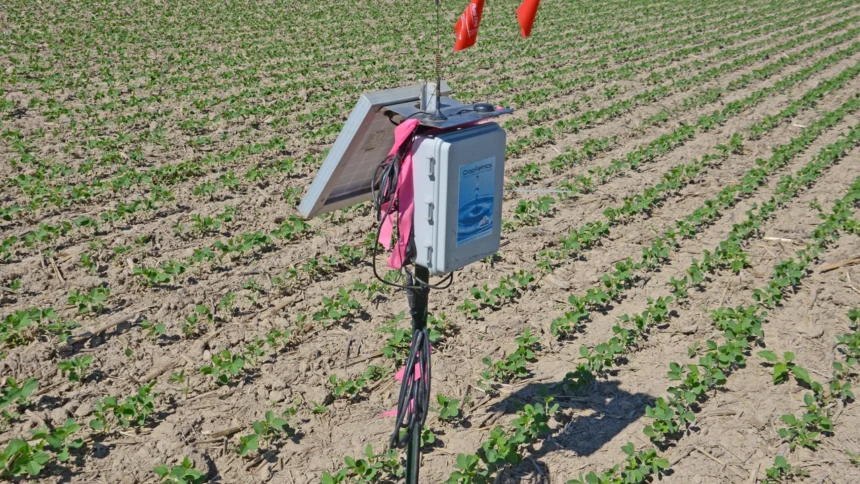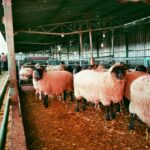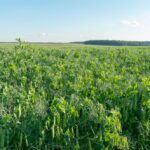Agriculture is evolving rapidly, and farmers worldwide are turning to technology to boost productivity and sustainability. In the United States, IoT-powered soil sensors are transforming farming by providing real-time data on soil conditions, helping farmers make informed decisions about irrigation, fertilization, and crop management. As South African farmers face challenges such as drought, soil degradation, and fluctuating yields, could these smart sensors be the game-changer they need?
How IoT-Powered Soil Sensors Work
IoT (Internet of Things) soil sensors are small, wireless devices placed in the ground to monitor key soil parameters, including:
- Moisture levels – Prevents over- or under-watering, optimizing irrigation.
- Temperature – Helps determine the best planting and harvesting times.
- Nutrient content – Tracks nitrogen, phosphorus, and potassium levels for precise fertilization.
- pH levels – Ensures the soil is within the right acidity range for specific crops.
These sensors transmit real-time data to farmers’ smartphones or computers, allowing them to adjust farming practices based on accurate, up-to-date information.
Lessons from the USA: How IoT Soil Sensors Are Boosting Yields
In the USA, large-scale farms are using IoT sensors to maximize efficiency and reduce resource waste. Here’s how:
- Smart Irrigation – By integrating soil moisture data with automated irrigation systems, farmers reduce water consumption while ensuring crops receive the right amount of hydration.
- Precision Farming – Sensors provide detailed soil maps, helping farmers apply fertilizers only where needed, minimizing costs and environmental impact.
- Early Problem Detection – Farmers can detect soil imbalances before they affect crops, preventing yield losses.
- Data-Driven Decisions – Historical and real-time soil data allow farmers to plan for seasonal changes and optimize production.
Could SA Farmers Benefit from IoT Soil Sensors?
South African farmers face unpredictable rainfall, water shortages, and soil fertility issues. Implementing IoT soil sensors could help in several ways:
- Water Conservation: Smart sensors can guide irrigation, reducing water waste in drought-prone areas.
- Cost Savings: Precision farming minimizes fertilizer and water costs while increasing output.
- Better Yields: With real-time soil health insights, farmers can make timely interventions to improve crop performance.
- Sustainability: Optimized farming practices reduce environmental degradation and support long-term productivity.
Challenges and the Way Forward
While IoT soil sensors offer immense benefits, challenges such as high costs, internet connectivity, and farmer training need to be addressed. Government support, agritech startups, and private sector partnerships could help make these technologies more accessible to South African farmers.
The Future of Smart Farming in SA
As agriculture becomes increasingly data-driven, IoT-powered soil sensors could revolutionize farming in South Africa, just as they have in the USA. By adopting this technology, SA farmers can improve efficiency, conserve resources, and enhance food security. The question is not whether South African farmers should embrace IoT soil sensors—but how soon they can.
Join 'Farmers Mag' WhatsApp Channel
Get the latest Farming news and tips delivered straight to your WhatsApp
CLICK HERE TO JOIN






